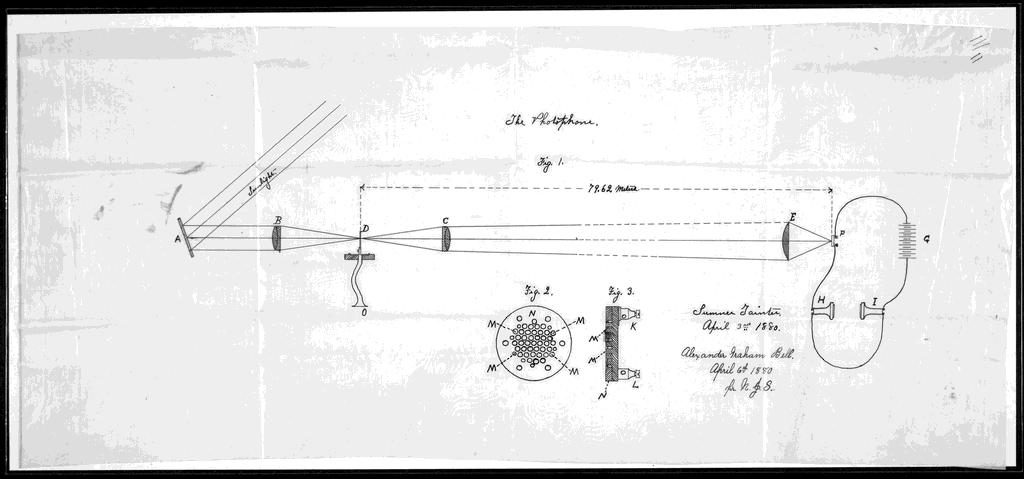On June 3, 1880, Alexander Graham Bell transmitted the first wireless telephone message on his newly invented photophone from the top of the Franklin School in Washington, D.C. Bell believed that the photophone, which allowed the transmission of sound on a beam of light, was his most important invention.
Advances in communication technology have had profound effects on the way people work, play, and communicate on a daily basis. Have students investigate some of the most important milestones in human communications, such as the telegraph, telephone, cellular telephones, the World Wide Web, and satellite technology.
- Begin by having students brainstorm a list of communication technologies. Encourage them to think broadly and consider older technologies, such as the printing press, as well as visual communication tools, such as cameras.
- Then, divide the list and have students work in groups to research one of the technologies and find out the date of its invention.
- Have students create a pictorial timeline as a class, using drawings or cutouts depicting each technology. Have older students include a sentence or two explaining the significance of the technology they researched.
- Invite students to share their learning with others!
Visit this page from the Library of Congress to learn even more about Alexander Graham Bell.
Curious about the NCTE and Library of Congress connection? Through a grant announced recently by NCTE Executive Director Emily Kirkpatrick, NCTE is engaged in new ongoing work with the Library of Congress, and “will connect the ELA community with the Library of Congress to expand the use of primary sources in teaching.” Stay tuned for more throughout the year!

